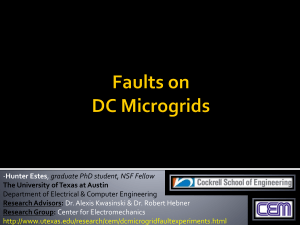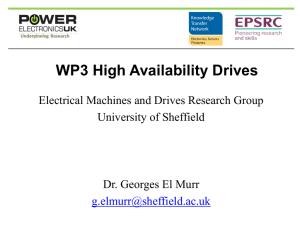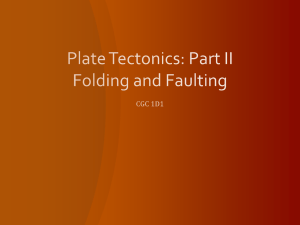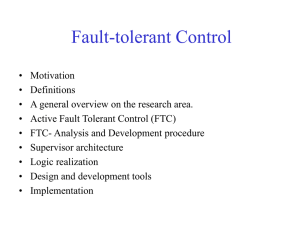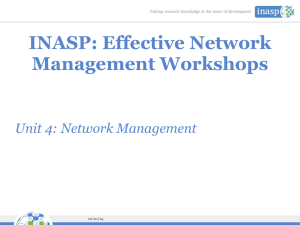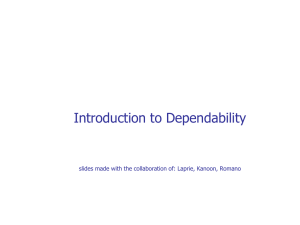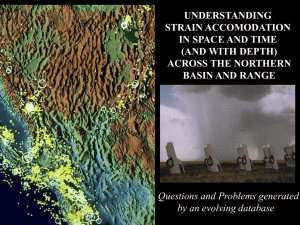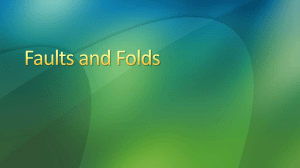Rick_Final
advertisement
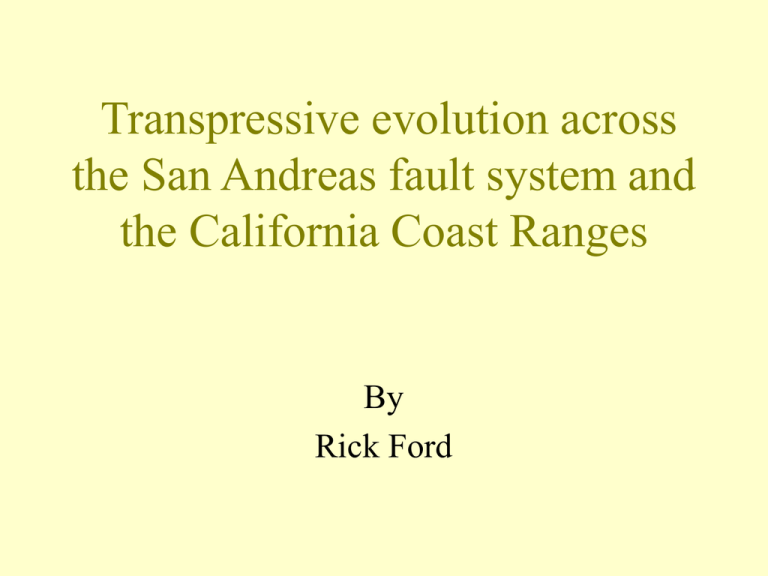
Transpressive evolution across the San Andreas fault system and the California Coast Ranges By Rick Ford Neogene transpressive evolution of the California Coast Ranges By David L. Jones, Russell Graymer, Chi Wang, T.V.McEvilly, and A.Lomax Present tectonic motion across the Coast Ranges and San Andreas fault system in central California By Donald F. Argus and Richard G. Gordon Introduction • • • • Coast Ranges and San Andreas fault system SAF generally considered to be a vertical structure Strike slip dominant Coast Range-wide midcrustal decollement at the base of the seismogenic zone • Crustal shortening • Neogene structures and seismic evidence indicate compressive deformation is still active Central Coast Ranges • Complex structural evolution • Dominated by strike-slip displacements • Compressive deformation • North of Parkfield • Several major fault strands diverge eastward • Discrete tectonic blocks • Different stratigraphic histories San Andreas system • Major strands bounded by subparallel Neogene imbricate fold and thrust belt • Root with strike slip faults • East and west vergent compressive domains Complex System • Major folds and attendant thrusts • Stratigraphic differences define six fault bounded subdomains • West vergent east dipping=blind thrusts • East vergent west dipping = imbricate fans Imbricate Transpressive faults • • • • JKF, Franciscan Jo, Ophiolite MzCz, Marin strata Ucz, non-marine strata and minor volcanic rocks • Qts, Silver Ck gravels • Qtp, Packwood gravels • Qti, Irvington gravels •JKF, Franciscan •Jo, Ophiolite •MzCz, Marine strata •Ucz, non-marine strata and minor volcanic rocks •Qts, Silver Ck gravels •Qtp, Packwood gravels •Qti, Irvington gravels Depth of Seismicity • Red, deep (30.0 km) • Blue, shallow • Red, deep (20.0 km) • Blue, shallow Brittle to ductile transition (350°c isotherm) Photo micrographs of deformed rocks • (a) Loma Prieta Creek • (b) Sierra foothills Seismic Profile • Wedge faults and decollement beneath the Great Valley Sequence • Notice folds and faults don’t penetrate the the lower plate Midcrustal Decollement • Faults don’t penetrate the decollement • San Andreas is not a plate boundary • Base of the seismogenic zone Deformation of upper crust produced by drag • Ductile flow Implications for a new model • Lateral movements of tectonic blocks on the basal decollement require dip-slip fault displacements • Recurrence intervals on dip-slip faults may be much greater than on active strike slip faults so large earthquakes may occur on faults deemed to be inactive • New faults may form far from previously recognized active fault zones due to readjustment along the basal decollement Summary • Neogene compressive deformation extends throughout the Coast Ranges. • Major folds and attendant thrusts • Transpressive dip-slip bound crustal blocks have undergone uplift or subsidence. • Different from the standard plate tectonic model

